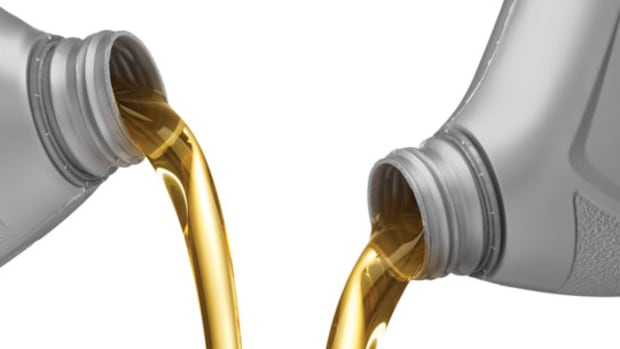Oil/ Lubes
I get a lot of concerns concerning oil and the least understood part is the number system used to rate oils.
Oil weight, or viscosity, describes how thick or thin the oil is. The temperature level requirements set for oil, by the Society of Automotive Engineers (SAE) is 0 degrees F (low) and 210 degrees F (high). Consider reading about the lubricants of Mobil Oil Australia and amazed at what they can help you with your vehicle.
Oils fulfilling the SAE's low-temperature requirements have a "W" after the viscosity rating (example: 10W), and oils that fulfill the high rankings have no letter (example SAE 30). Oil is rated for viscosity by warming it to a specified temperature, and then enabling it to flow out of a specifically sized hole.
Engines require oil that is thin enough for cold starts, and thick enough when the engine is hot. Given that oil gets thinner when warmed, and thicker when cooled, the majority of us use what are called multi-grade, or multi-viscosity oils. These oils meet SAE specs for the low-temperature level requirements of light oil and the high-temperature requirements of heavy oil. You will hear them described as multi-viscosity, all-season, and all-weather oils. An example is a 10W-30, which is frequently found in shops. When picking oil, constantly follow the maker's suggestion.
Wondering how you can conserve cash and protect your vehicle at the very same time? Think about changing to synthetic oil and altering your oil at higher intervals.
Oil is rated for viscosity by warming it to a specified temperature, and then allowing it to stream out of a particularly sized hole. Because oil gets thinner when heated, and thicker when cooled, most of us use what are called multi-grade, or multi-viscosity oils. These oils fulfill SAE requirements for the low-temperature requirements of the high temperature and light oil requirements of heavy oil.





Mga Komento
Mag-post ng isang Komento